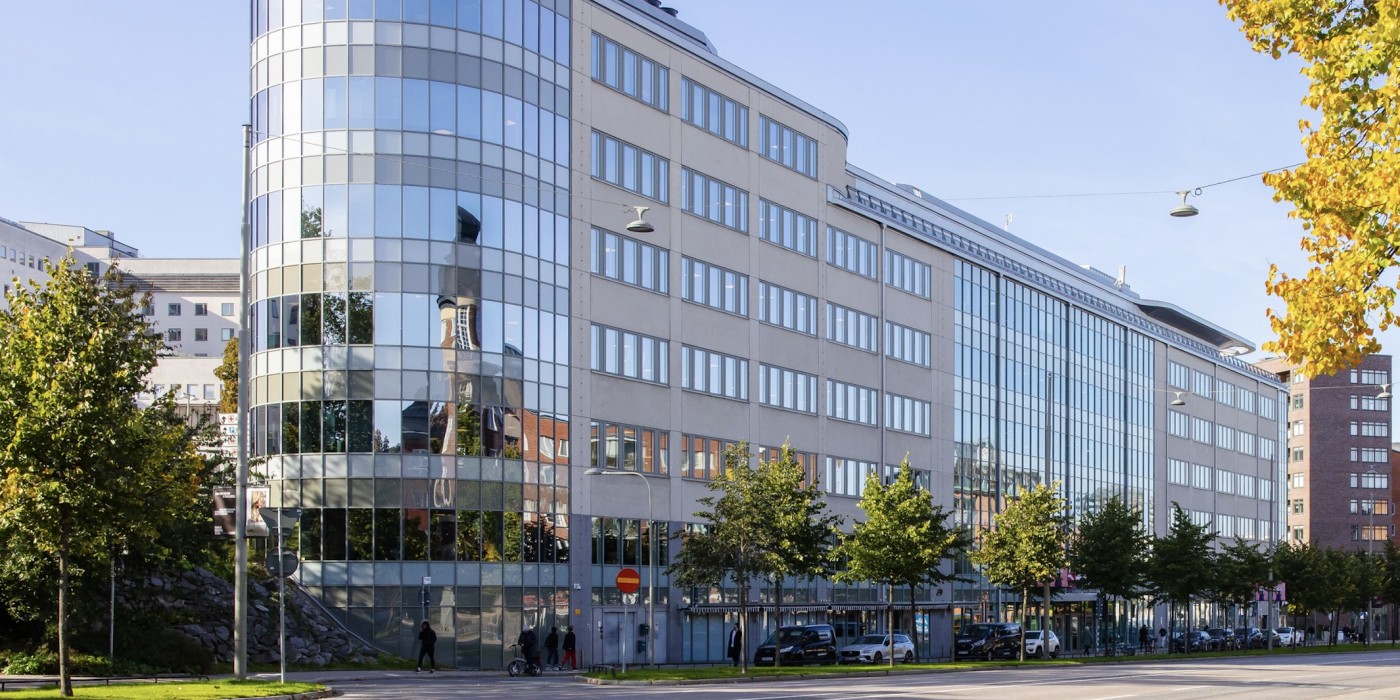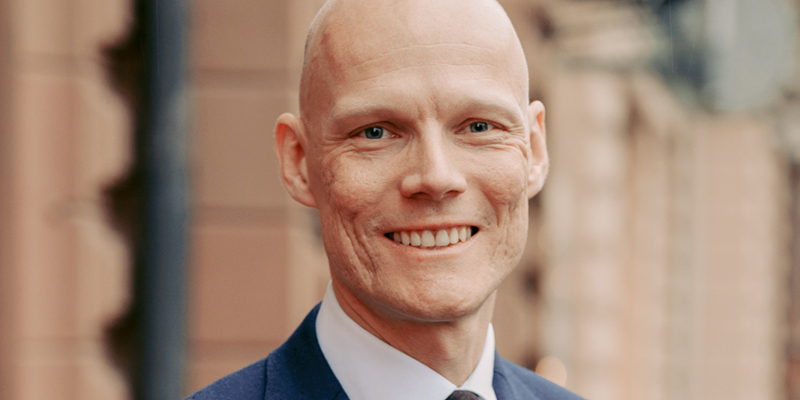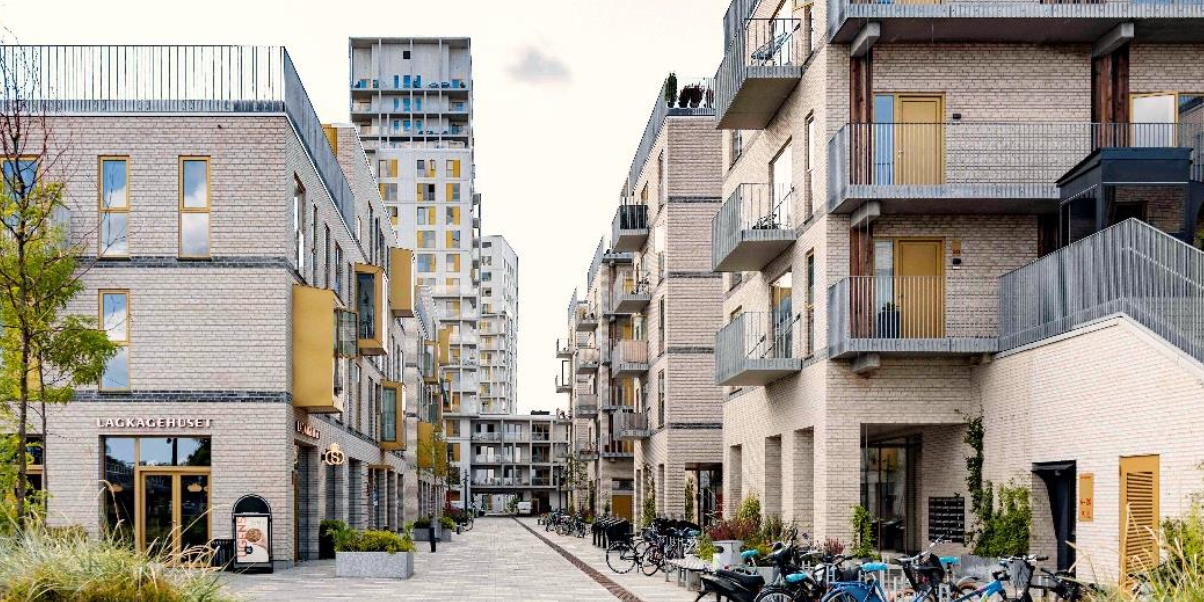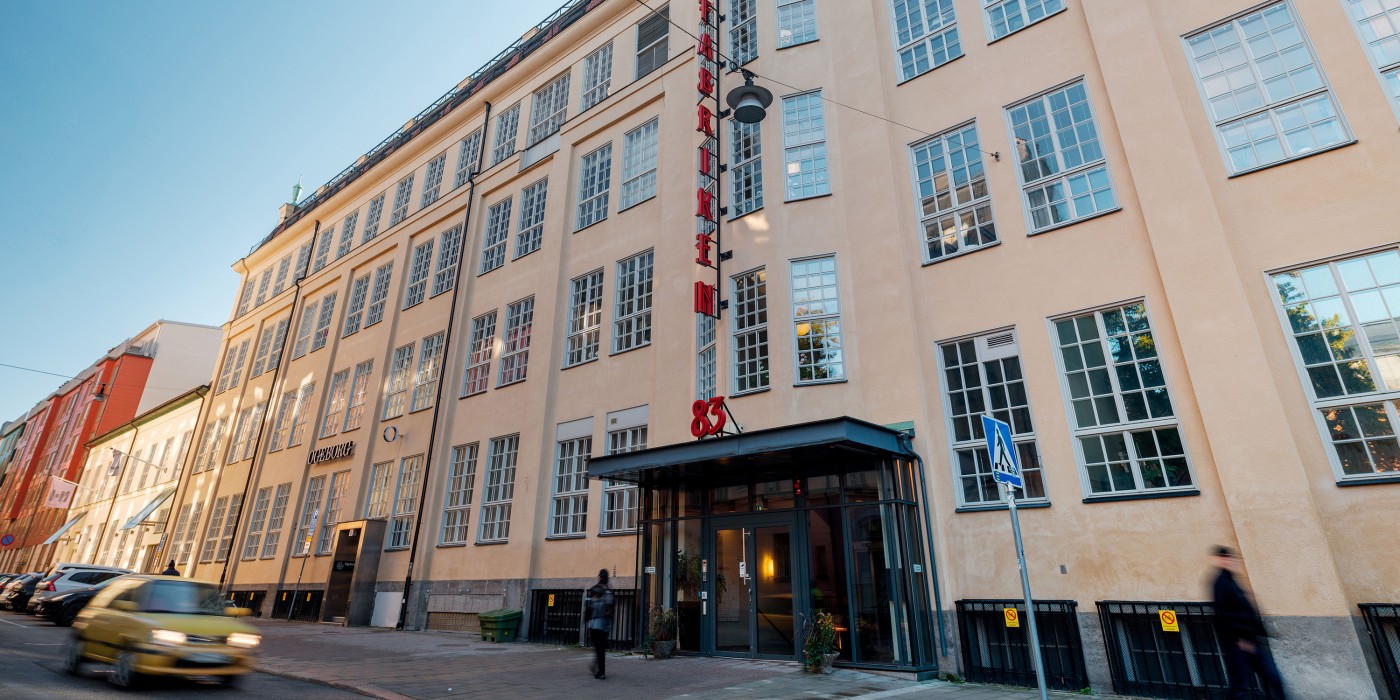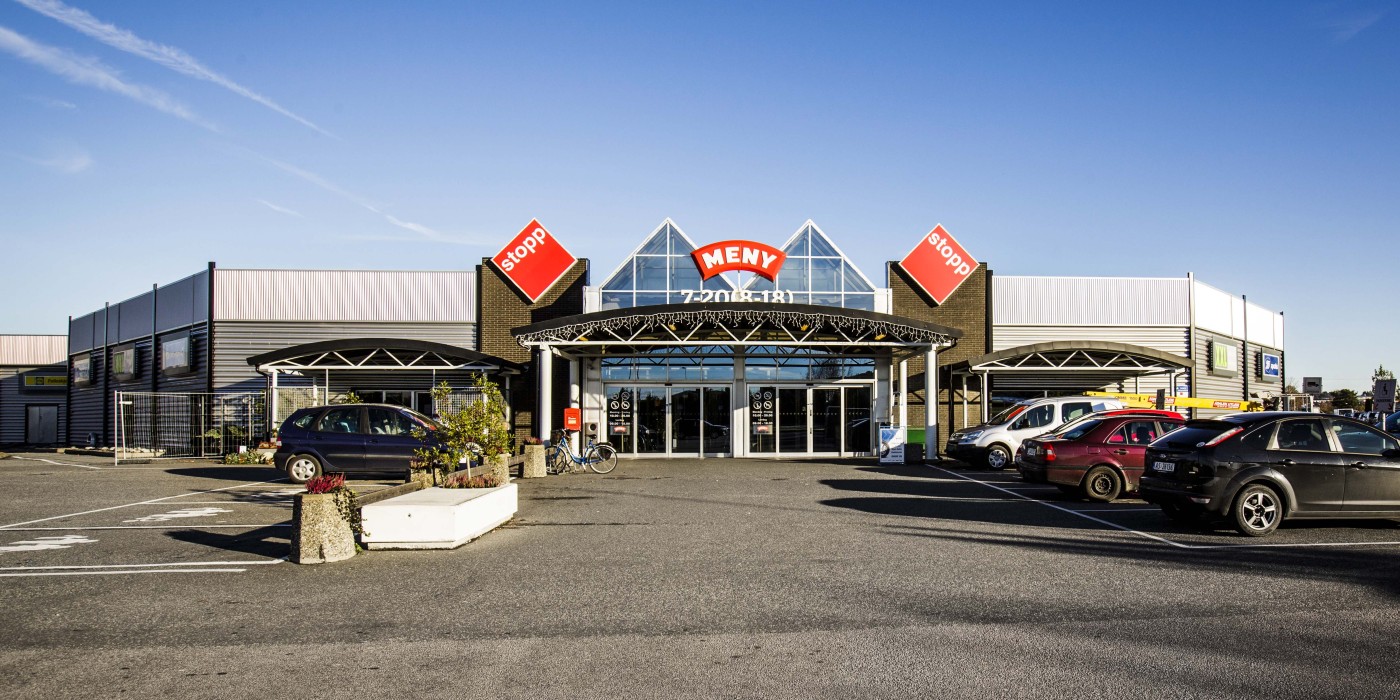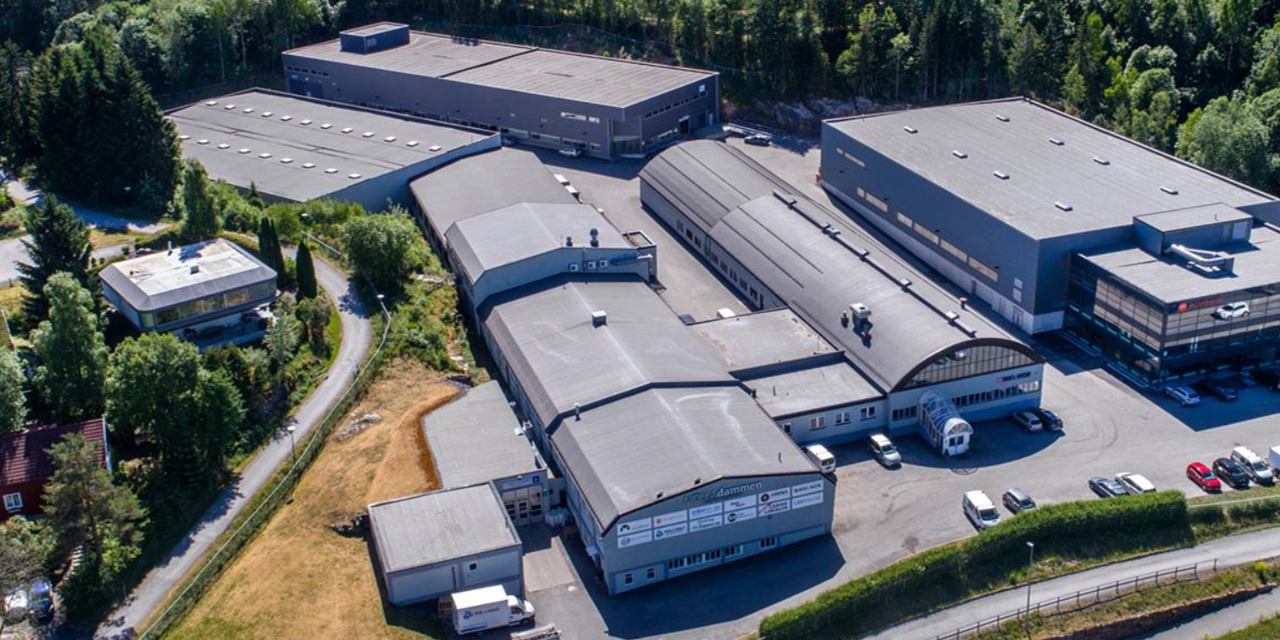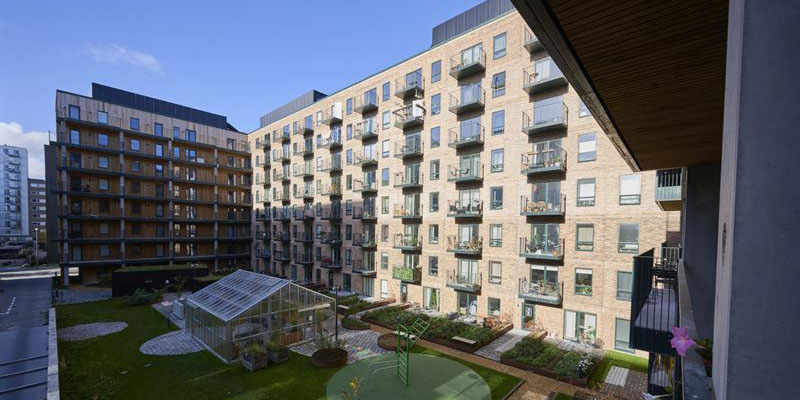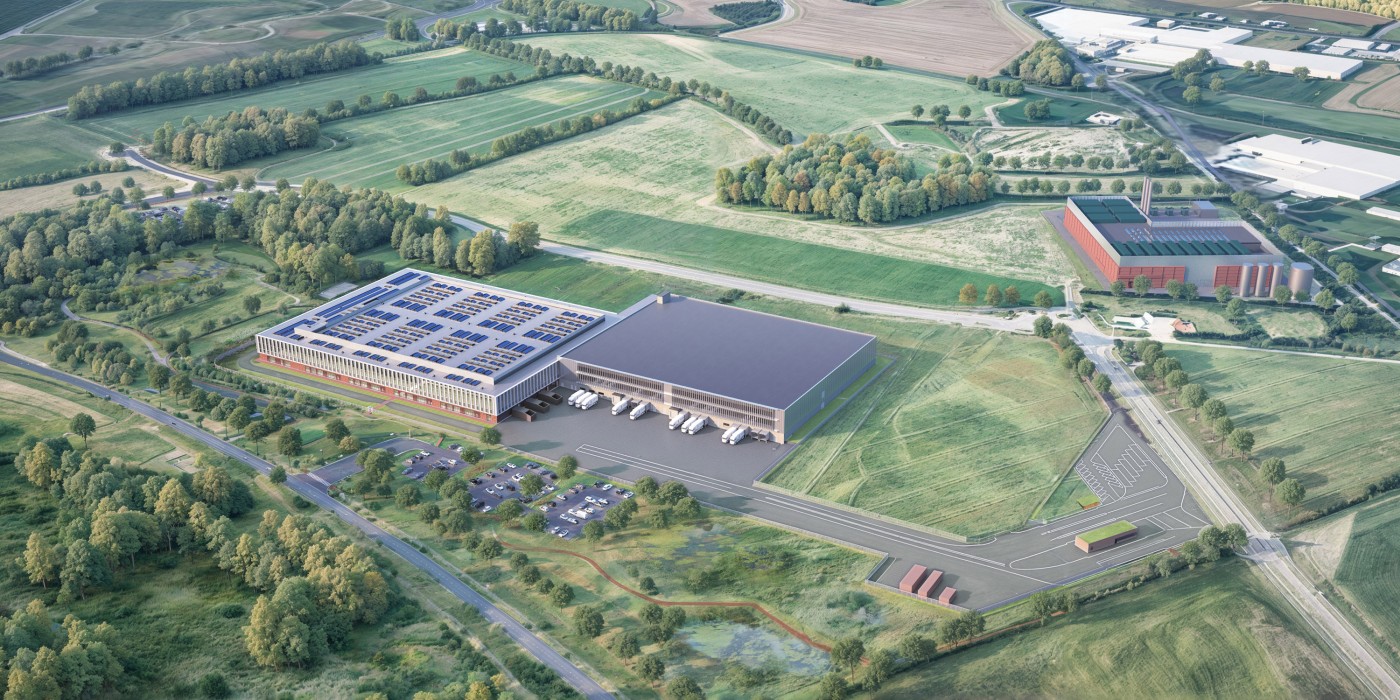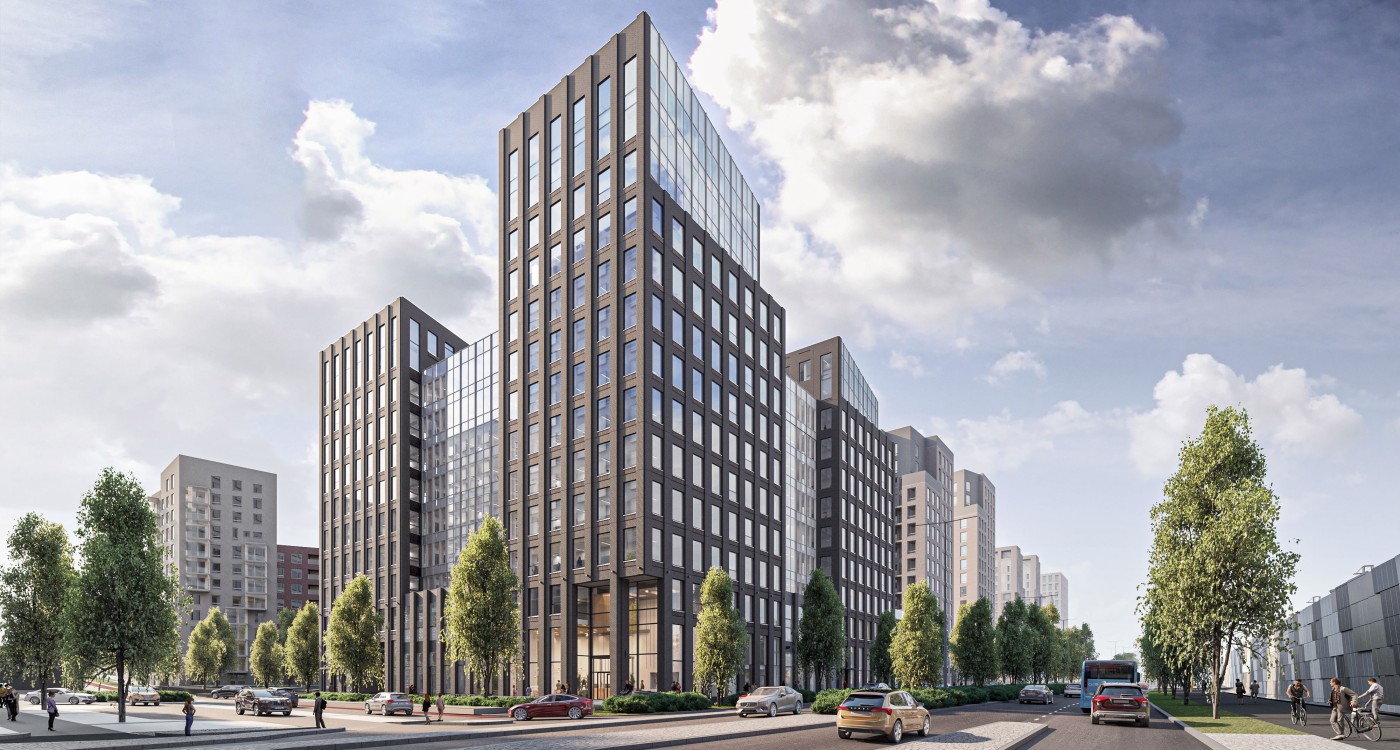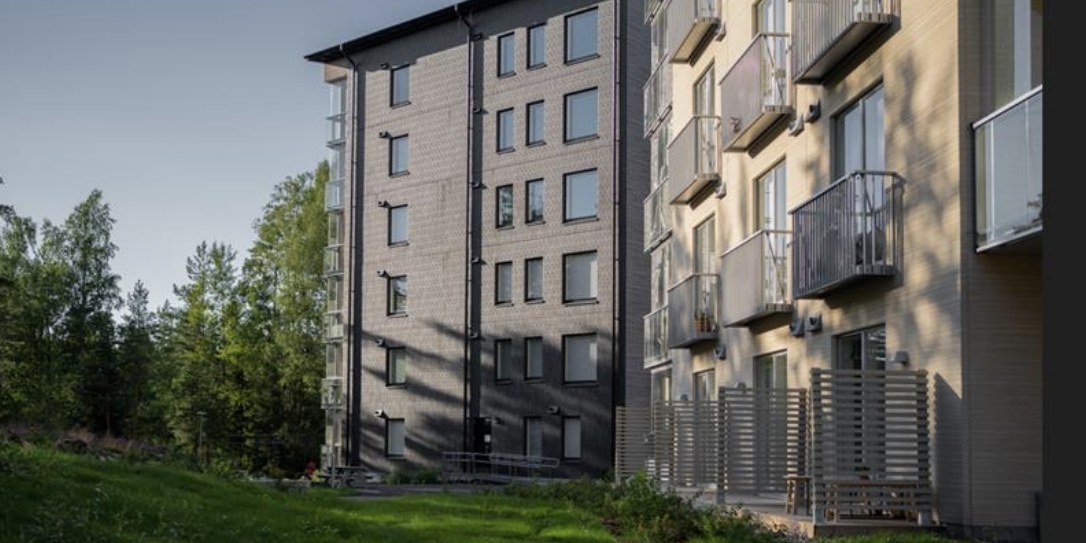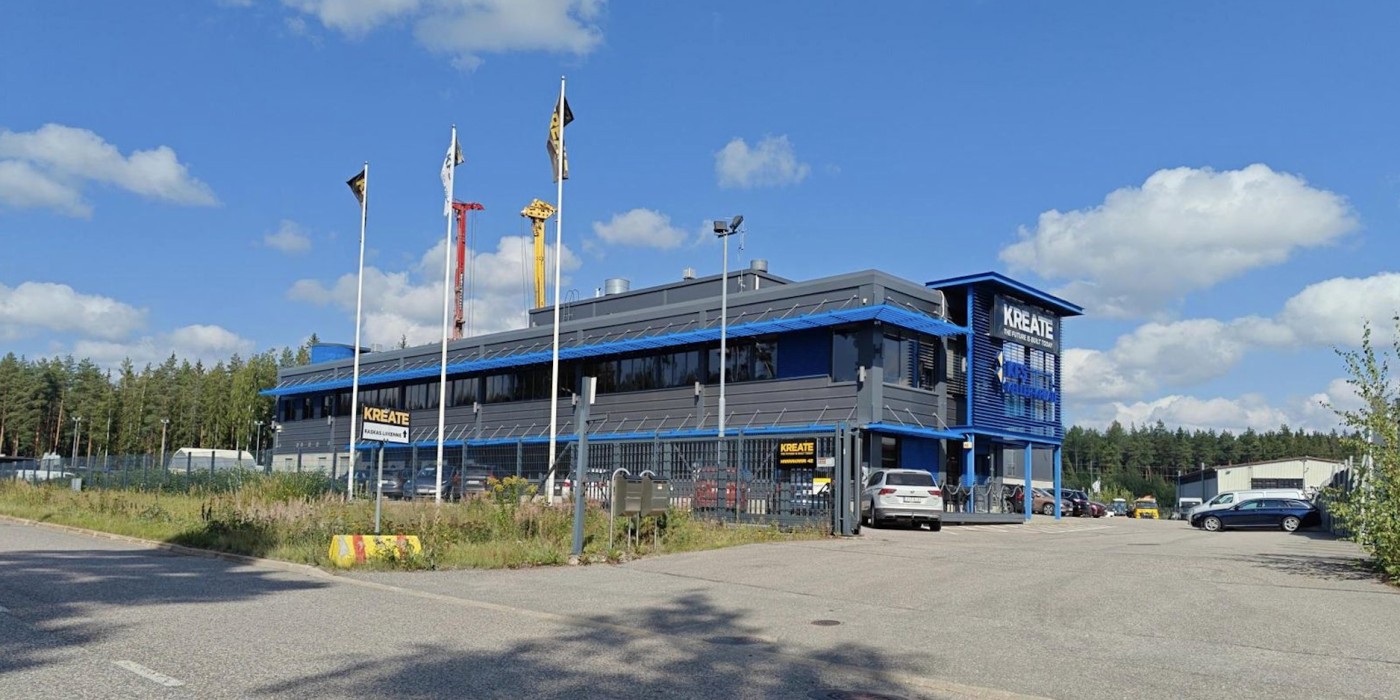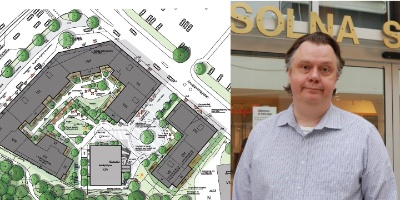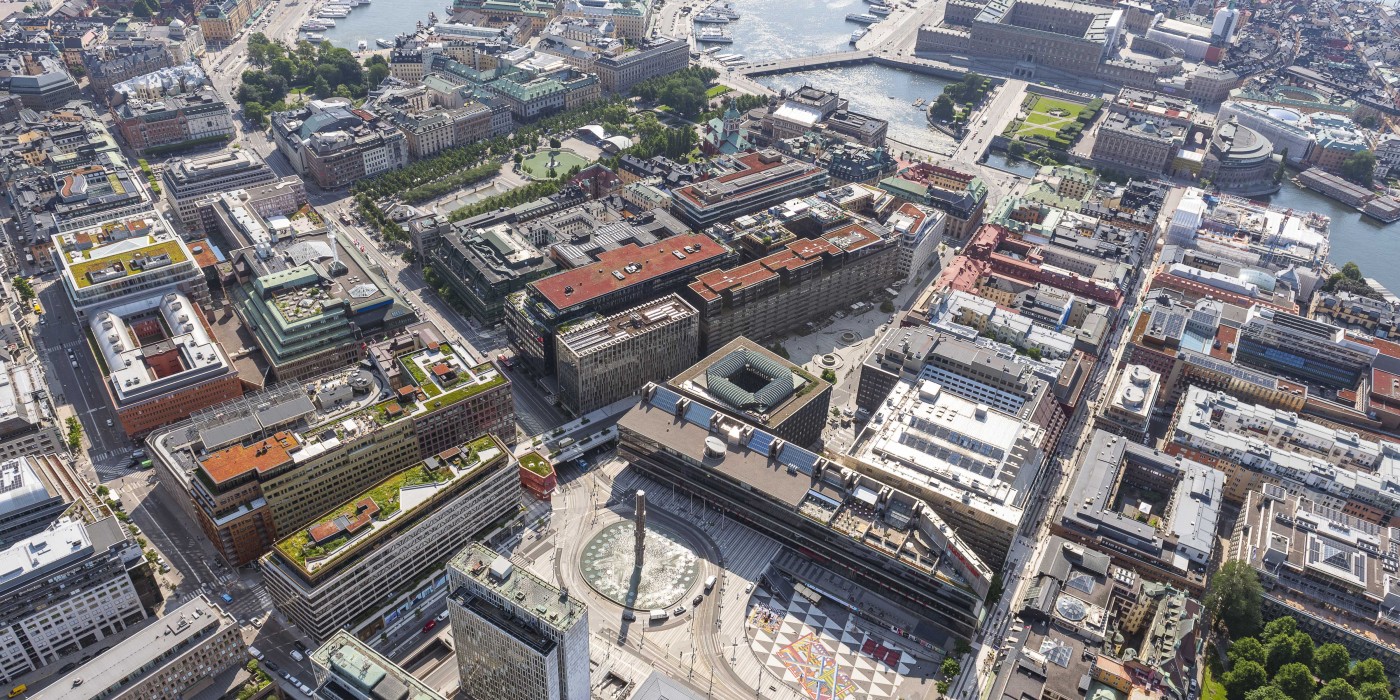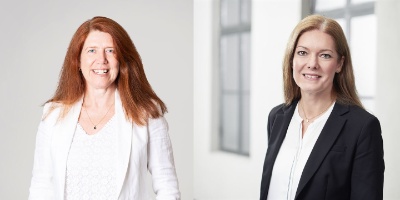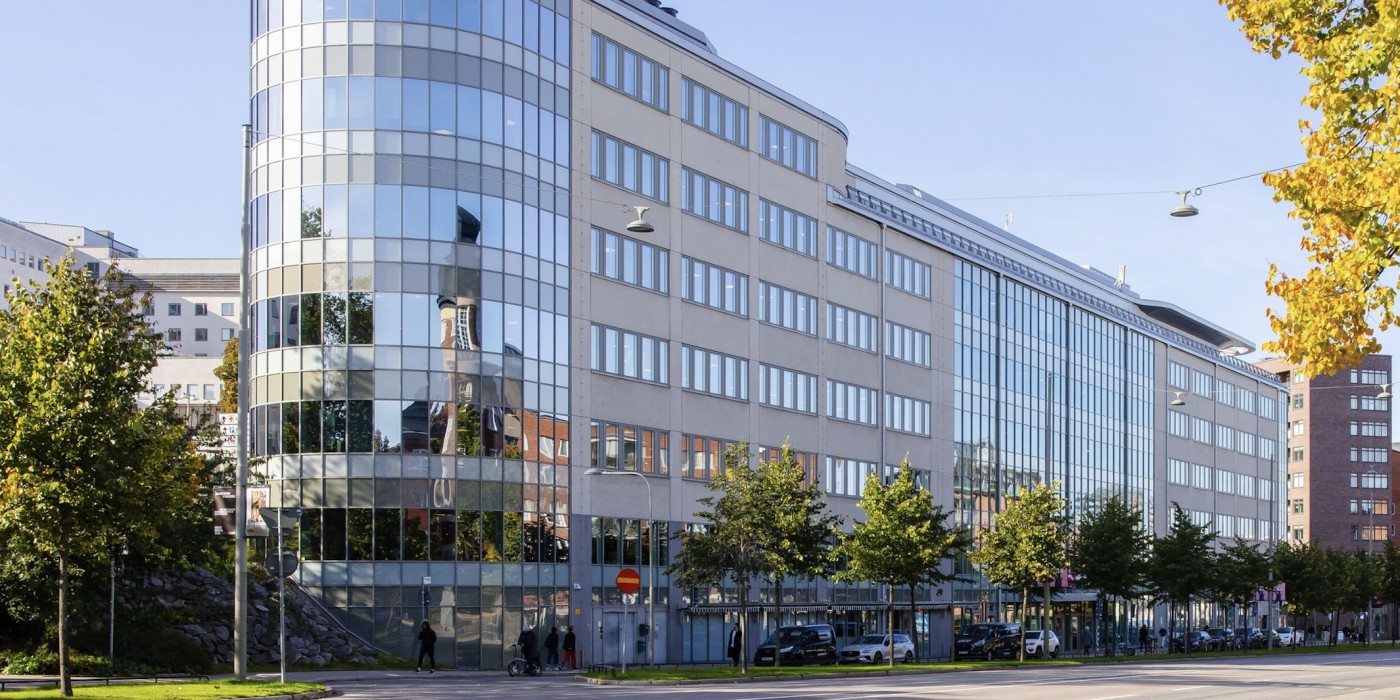"The development of Swedish research is extremely central for the country. Through this good example of an open research arena, there are now opportunities for introducing important residential innovations on the market faster. It is my hope that more will take after this form of collaboration and invest in the future of good accommodation," says Helene Hellmark Knutsson.
Almost 200 people visited HSB Living Lab at Chalmers in Gothenburg. For three hours, they were given the opportunity to take part in the research that is taking place in the experiment building. Here there were demonstrations of the future Laundry Studio, an integrated laundry and social area, and the new innovation BioBlender that separates water from kitchen compost and makes it possible to compost on one's private balcony. There was also a presentation of the building's district heating return system that saves energy and money. Many were also fascinated by the twelve planned holes in the façade. The interchangeable wall modules are one of the many examples of HSB Living Lab's large research potential.
"Thanks to the ability to test new wall systems as well as insulation and cladding materials periods of up to ten years, we now have the best conditions for the successful development of sustainable solutions for the future. For me as a researcher, the interchangeable wall modules in HSB Living Lab are equivalent to the idea that we must have access to 120 houses to test on. It is a great opportunity," says Angela Sasic Kalagasidis, associate professor of Civil and Environmental Engineering at Chalmers University of Technology.
HSB Living Lab was ready for occupation on 1 June. Students and guest researchers live here at the same time as research takes place around the clock. The guests were given the opportunity to visit the students' homes and see how a 12 square meter flat, or a 47 cubic meter flat which is the preferred description of the private flat, can feel so spacious and light.
The HSB Living Lab collaboration consists of twelve partners from industry and the academy. They have a common focus on the accommodation. Just collaboration is considered central. This makes it possible to both obtain resources for a relevant research platform and to have access to knowledge and experience from other industries in the housing sector.
"For us at HSB Göteborg, participation in HSB Living Lab means a great deal. Being able to operate in a research arena where people actually live for periods of up to ten years is quite unique. Here we are allowed to test and fail to then succeed," says Lars Göran Andersson, CEO HSB Göteborg.
The Starting Point for Research at HSB Living Lab
 Sweden —
The research for sustainable accommodation has been initiated. This was celebrated by researchers from all over the world telling us about their visions and goals. Helene Hellmark Knutsson, Minister for Higher Education and Research, delivered the inaugural speech, which highlighted the importance of the collaboration between industry and the academy.
Sweden —
The research for sustainable accommodation has been initiated. This was celebrated by researchers from all over the world telling us about their visions and goals. Helene Hellmark Knutsson, Minister for Higher Education and Research, delivered the inaugural speech, which highlighted the importance of the collaboration between industry and the academy.
2016-09-08
Axel Ohlsson
[email protected]


 All Nordics
All Nordics
 Denmark
Denmark
 Finland
Finland
 Norway
Norway

